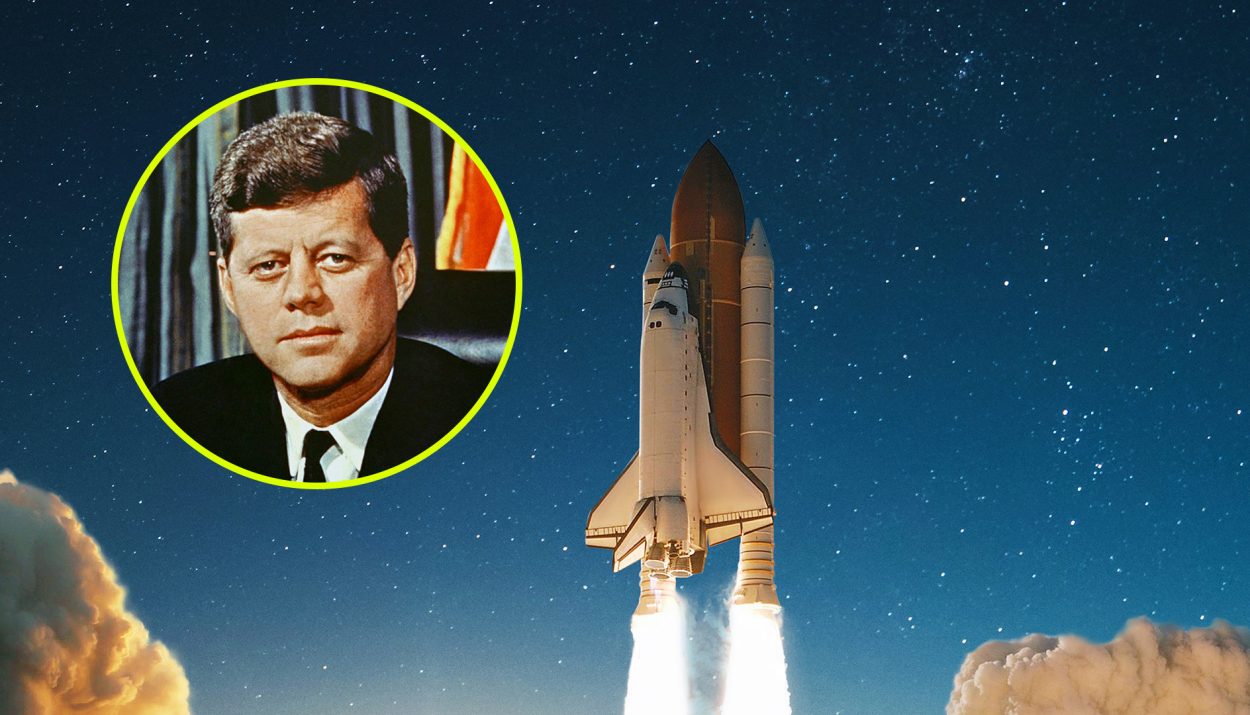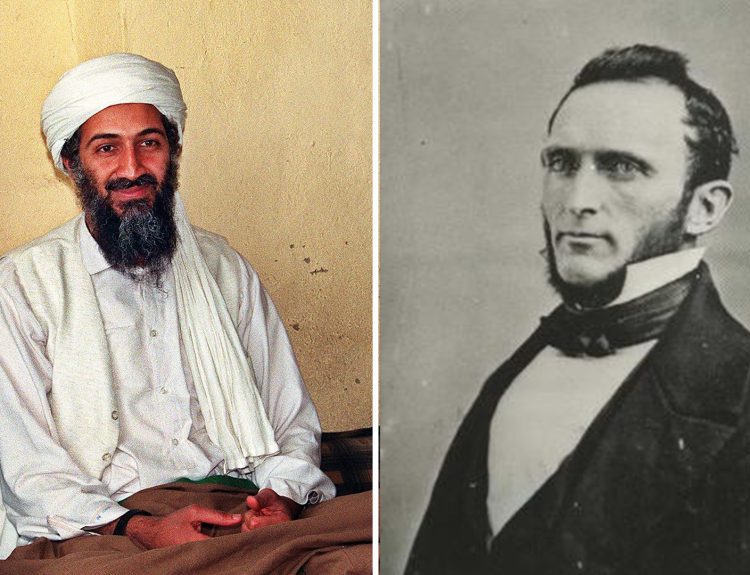On September 12, 1962, then-President John F. Kennedy spoke to a crowd at Houston’s Rice University about his support of space exploration. He inspired the nation by famously saying, “We choose to go to the moon in this decade and do the other things, not because they are easy, but because they are hard.”
Although Kennedy was assassinated a little over a year later, Americans did, as Kennedy promised, make it to the moon before the end of the decade. Now, thanks to the innovations of a Texas-based company, John F. Kennedy has personally made his own journey into space. That’s an incredible accomplishment for a man who has been dead for six decades. Here’s how it happened.
JFK and the American Space Program
The 35th President of the United States, John F. Kennedy strongly supported space exploration. He understood that space held tremendous potential to leapfrog our science and technology … and that space could play a key role in world peacekeeping efforts. In 1961, he outlined his ambitious goals for the American space program.

Kennedy’s term in the White House coincided with the Cold War’s Space Race. He was determined that the U.S. would not be bested by Soviet engineering ingenuity. Although he did not live long enough to see his dream come true, American astronauts did, indeed, walk on the Moon before their Soviet rivals.
The Shift to Private Space Companies
For the last third of the 20th century, space exploration remained a state sponsored endeavor for the world’s superpowers. The dawn of the 21st century, however, saw a shift in this belief as private companies began to venture into the space travel sector.
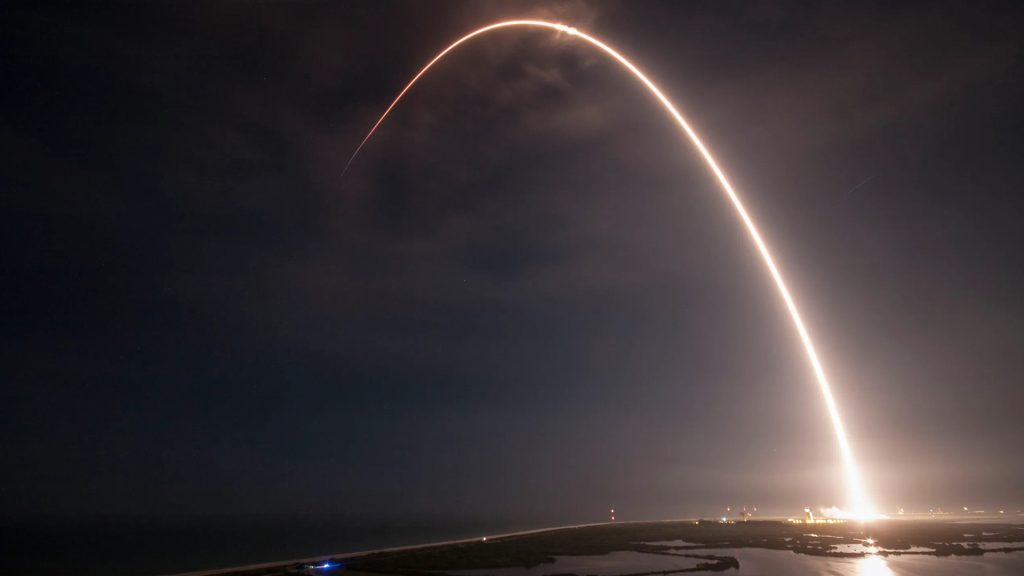
SpaceX, Blue Origin, and other private companies made huge advancements in reusable rocket technology. Once only accessible through government space agencies, now average citizens could slip the surly bonds of Earth and journey among the stars.
SpaceX Set the Stage for Other Private Space Companies
Founded by innovative entrepreneur Elon Musk, SpaceX was the first private space company to demonstrate success in rocket travel. SpaceX has achieved a number of “firsts” in the area of private space exploration – first private liquid-fueled rocket to reach orbit, first private company to launch a spacecraft to the International Space Station, and the first private company to utilize an all-private crew.
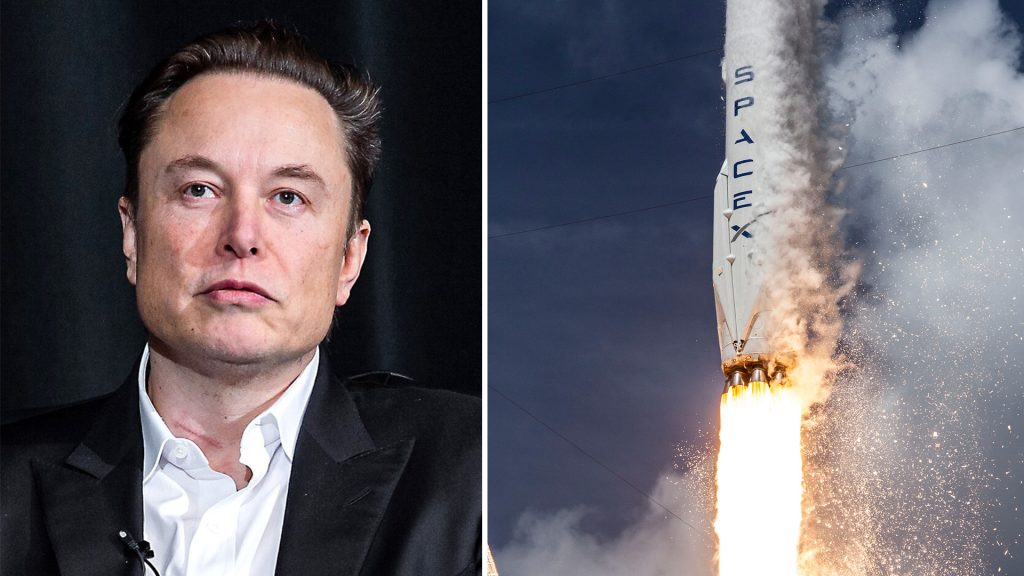
On May 30, 2020, SpaceX achieved one of Elon Musk’s greatest dreams when it became the first private space company to send people into orbit. This accomplishment demonstrated to the world that it is possible for people to journey into space, even if they skipped astronaut-training school. SpaceX set the stage for other private space companies.
Space…the Final Frontier
Viewing space as the final frontier takes on a whole new meaning with the introduction of ‘permanent memorials’. The Texas-based Celestis company has developed a program that allows people to send the symbolic remains of their loved ones either to the moon or to outer space.
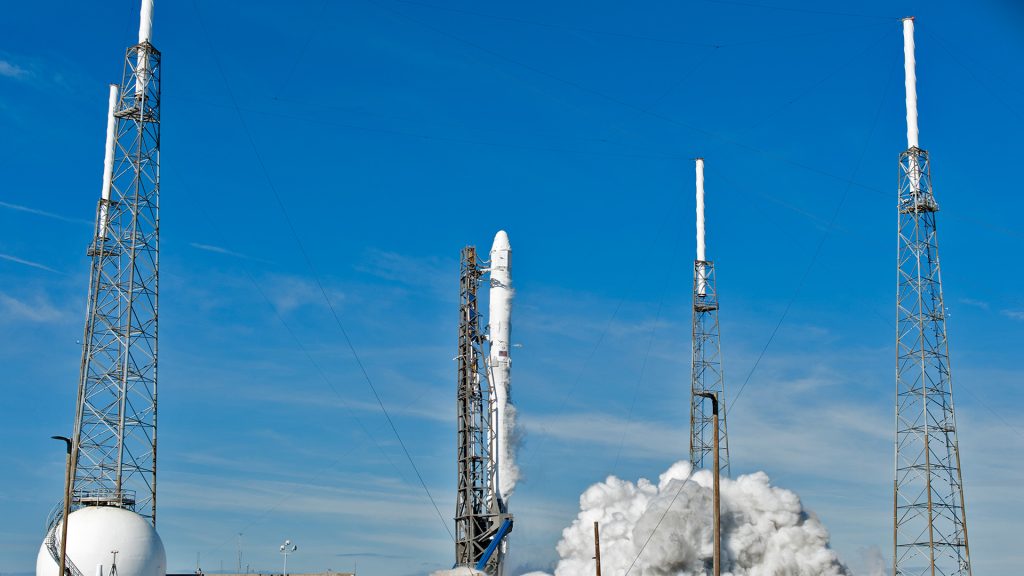
A rocket launched from Cape Canaveral in Florida in early January 2024 carrying the remains of 330 people … the first ‘permanent memorial’ in space. John F. Kennedy was among the pioneering group of earthlings to their final resting place in the final frontier.
Celestis Has a Long History in the Space Industry
Celestis is not new to the space funeral business and has a long history in the space industry. Originally headquartered in Melbourne, Florida, the Celestis Group received a license from the Office of Commercial Space Transportation, an agency that now falls under the umbrella of the Federal Aviation Administration, to fly cremated human remains into space.
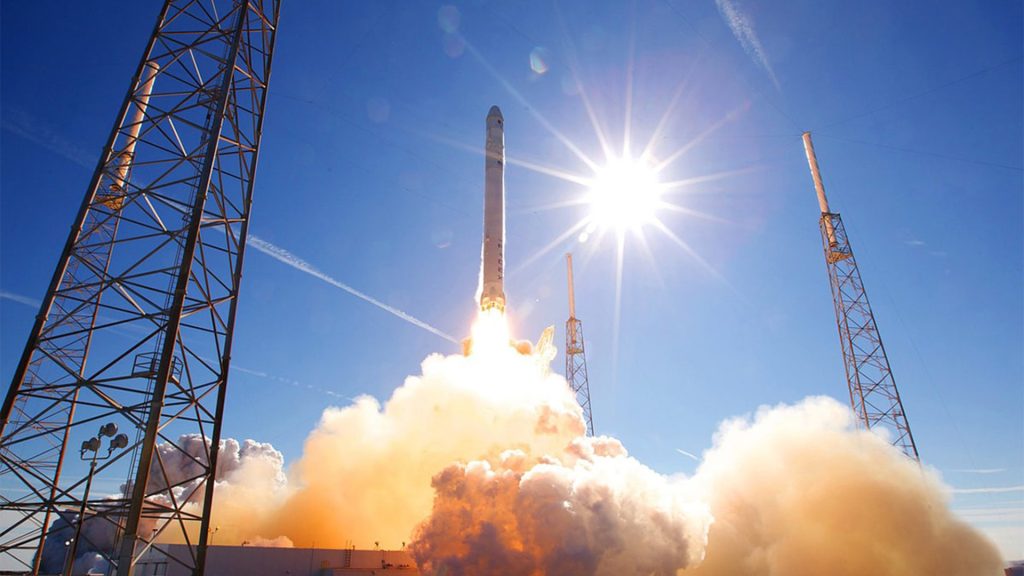
Unfortunately, this launch was scrubbed. However, the overwhelming response to the plan to send human remains into space proved that the space funeral idea was a viable one. In 1994, two former employees of the Celestis Group, R. Chan Tysor and Charles M. Chafer, started a new company, Celestis, Inc.
A Leader in the Space Funeral Concept
The newly formed Celestis, Inc. entered into an agreement with Orbital Sciences Corporation. The company arranged for cremated ashes to be placed on spacecraft as a secondary payload. The ashes were aboard the Orbital Sciences Corporation’s Pegasus and Taurus rockets and were not left in space.
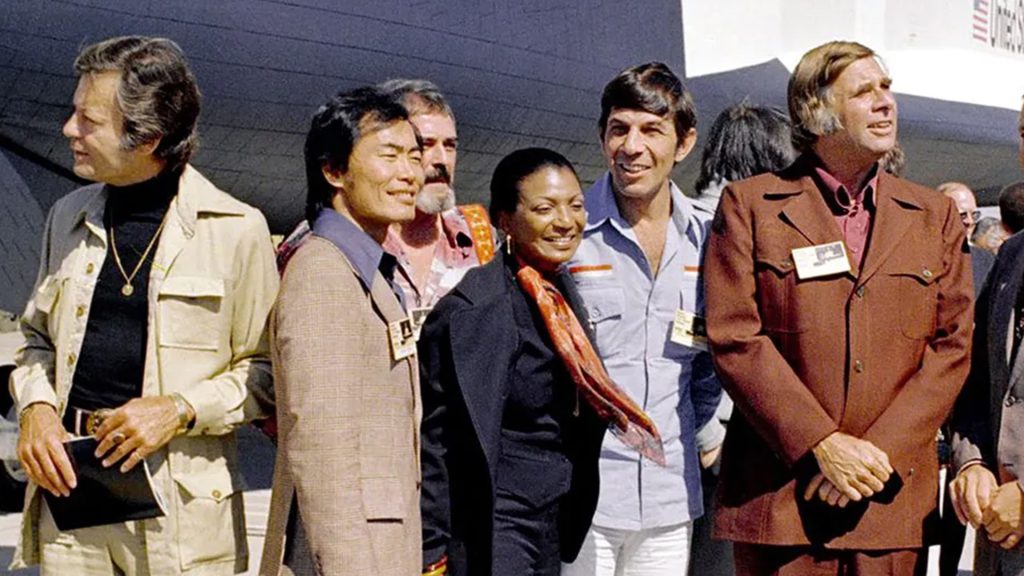
In April 1997, Celestis, Inc. launched its first memorial spaceflight, called the Founder’s Flight. Among the 24 people whose symbolic remains were aboard the Founder’s Flight were Dr. Timothy Leary, author and psychedelic drug advocate, Dr. Gerald K. O’Neill, a physicist at Princeton University, and of course, Gene Roddenberry, the creator of Star Trek.
Gene Roddenberry’s Return to Space
Gene Roddenberry, the brilliant mind behind the iconic 1960s television show, Star Trek, died on October 24, 1991. He was an obvious choice for Celestis, Inc.’s Founder’s Flight in 1997. Roddenberry’s wife, Majel Barrett Roddenberry, took an active role in sending her husband’s remains into orbit.
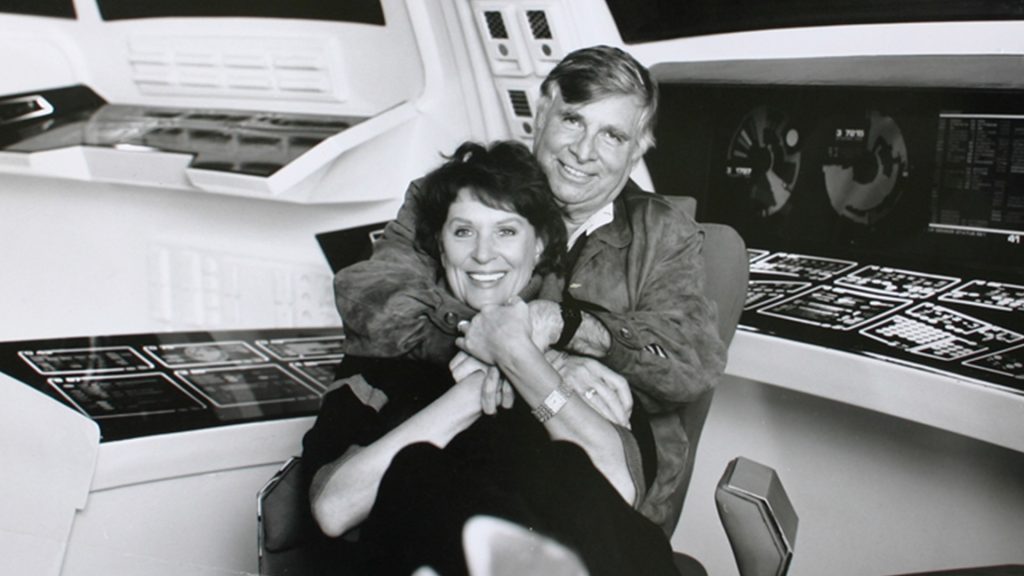
Charles M. Chafer, the co-founder of Celestis, Inc., recalled, “Majel … said to me, “When it’s my time, I’d like you to fly Gene and I together on a deep space mission.” Chafer, who was a naive 28-year-old at the time, replied, “I would be happy to do that.” He would get the chance to keep that promise.
A Permanent Memorial on the Moon
According to Celestis, Inc., the permanent memorial on the moon marks the next step in their space funeral offerings. Now, instead of simply taking a loved one’s cremated remains into orbit and returning them to earth, the remains will be permanently deposited on Earth’s nearest neighbor.
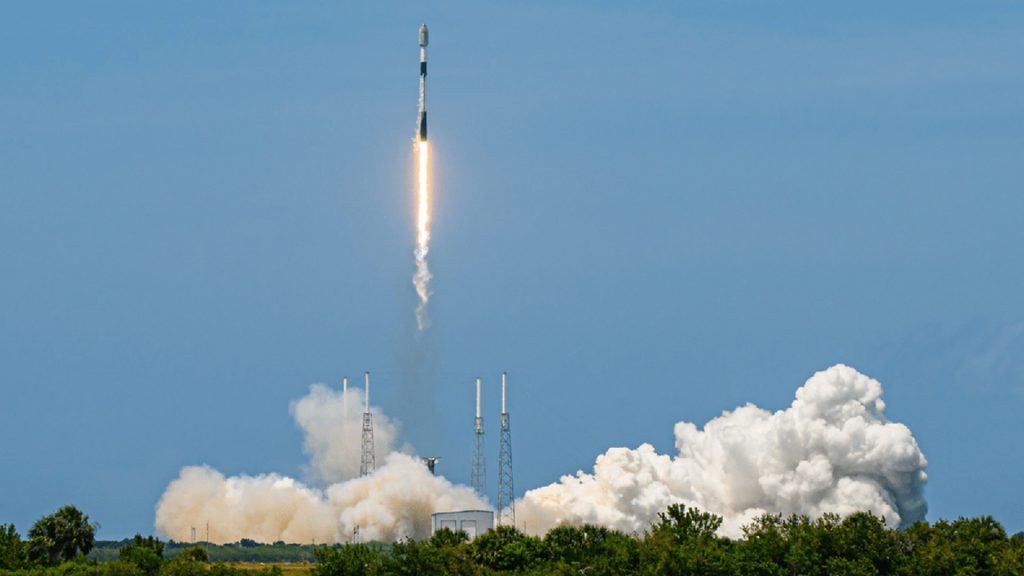
Called the “Luna” service, the spacecraft will either drop the remains in a designated spot on the Moon or carry them further into space. People can be reminded of their loved one whenever they look up at the moon.
What Are Symbolic Remains?
Because of size and weight, only symbolic remains are launched into space. What exactly does that mean? It means that only a small amount of the person’s cremated remains – or, alternatively, a small DNA sample, like a strand of hair – is sent into space, rather than the entire cremated body.
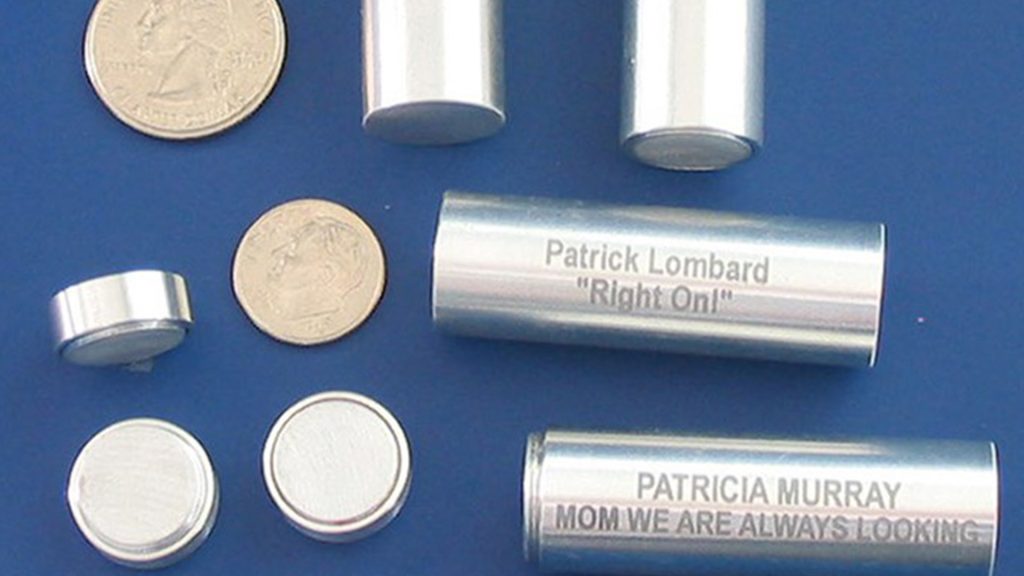
In addition to the size and weight issue, Celestis explained that many families want to be able to scatter their loved one’s remains in various places. The ashes or DNA samples are encased in small titanium capsules that are between one quarter and half an inch in length.
Landing on the Moon
The inaugural launch of Celestis’s Luna program, which headed into space in January 2024, carried the symbolic remains of 330 people. Of them, 62 were dropped on the Moon. The rest of the remains – 268 capsules – were sent into orbit around the Sun.
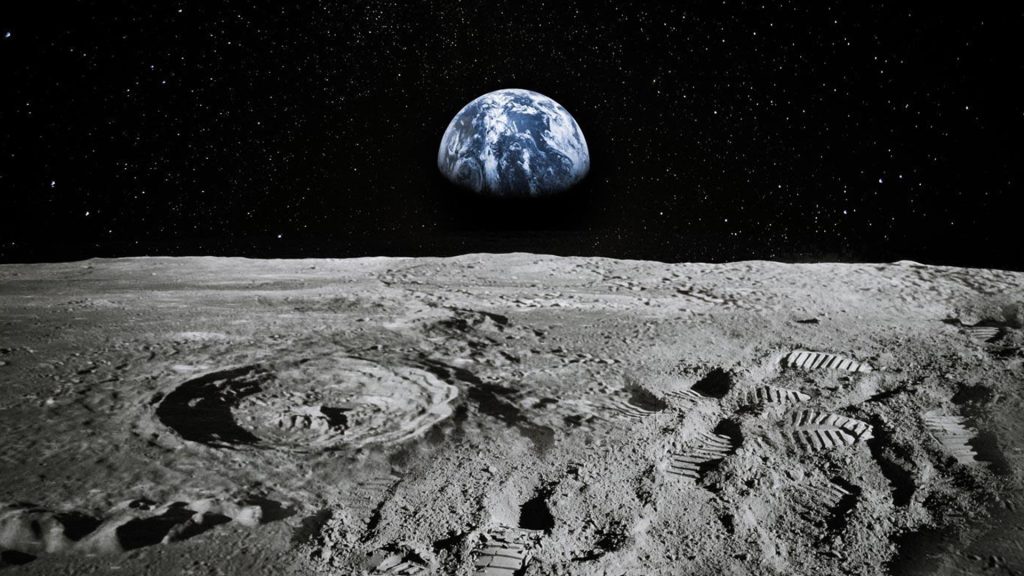
To deposit the capsules on the lunar surface, Celestis uses their Peregrine Lunar Lander device. This vessel is six-feet tall and eight-feet wide and descends to the moon from the spacecraft to make its deposit.
The First Members of the Permanent Memorial
The 330 people who made up the first space funeral, three were former U.S. presidents. Joining John F. Kennedy, were the DNA remains of George Washington and Dwight D. Eisenhower. Their DNA samples consisted of hair samples.
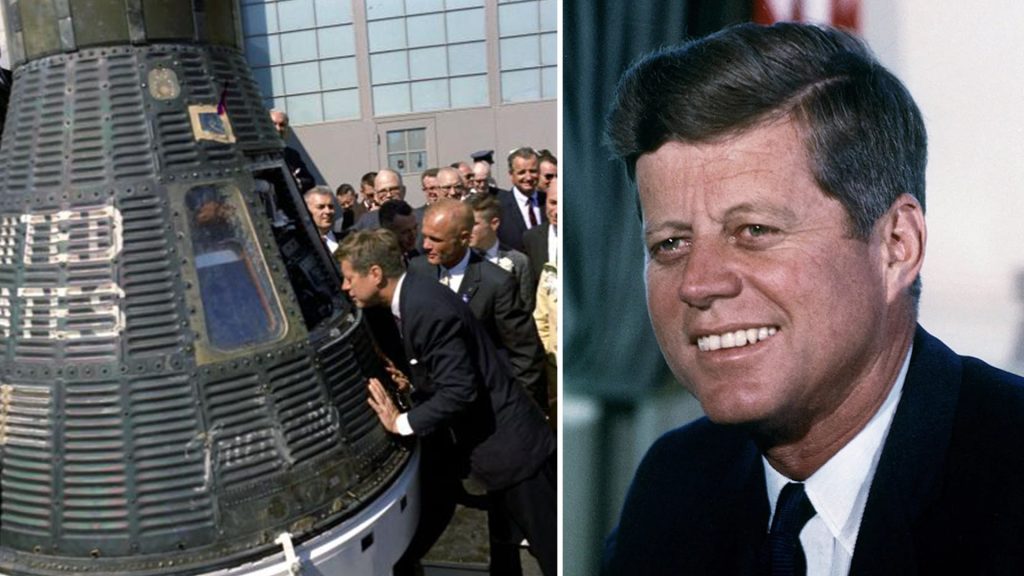
Chafer was thrilled to be about to keep his promise to Majel Barrett-Roddenberry. The wife of Star Trek creator, Gene Roddenberry, Majel Barrett-Roddenberry died on December 18, 2008. Her remains, along with those of her beloved husband, were flown into space as per her wish.
A “Star Trek” Reunion in Space
Gene Roddenberry and his wife were not the only members of the original Star Trek family to make the voyage into the final frontier with Celestis. The remains of a few of the actors from the hit sci-fi series were also sent into space.
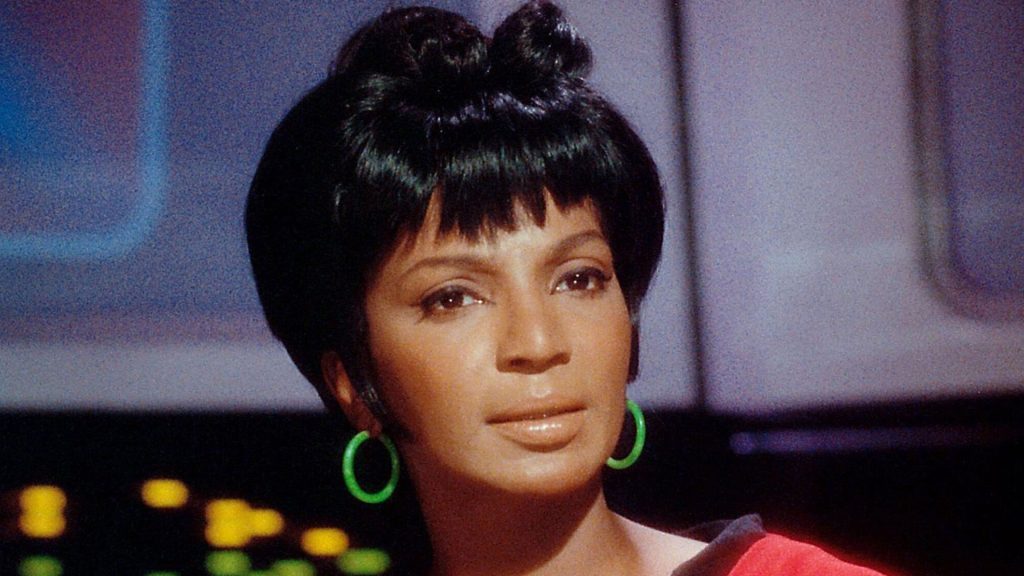
James Doohan, who died on July 20, 2005, was known for playing the Enterprise’s engineer, Montgomery Scott, or Scotty. DeForest Kelley portrayed the ship’s physician, Dr. McCoy. Kelley passed away on June 11, 1999. Actress Nichelle Nichols broke racial stereotypes at Lt. Uhura on Star Trek. She died on July 30, 2022.
“The Ultimate Voyage“
Not all the people launched into space are household names, although all of them lived extraordinary lives. Among them was Luise Kaish, an artist who passed away in 2013 at the age of 87. According to her daughter, Melissa, Kaish had often said, “My dream is for my ashes to be buried in space.”

Melissa explained, “I’m incredibly overwhelmed at the idea that it’s actually going to happen … I’m just really thrilled that her dream of the ultimate voyage will be fulfilled.”
A Complete Event
Prior to the launch, family members of the deceased can attend a memorial dinner to honor their loved ones, share stories of remembrance, and reflect on the lasting legacy of the person. Friends and family can tour the launch site, meet the astronauts, and interact with experts on space travel.

Friends and family can, of course, watch the rocket launch. Chafer noted that the countdown to the launch created a mix of emotions for family members. Some were overwhelmed with joy at seeing their loved ones’ dreams come true. Others were grieving as they said their final farewell.

